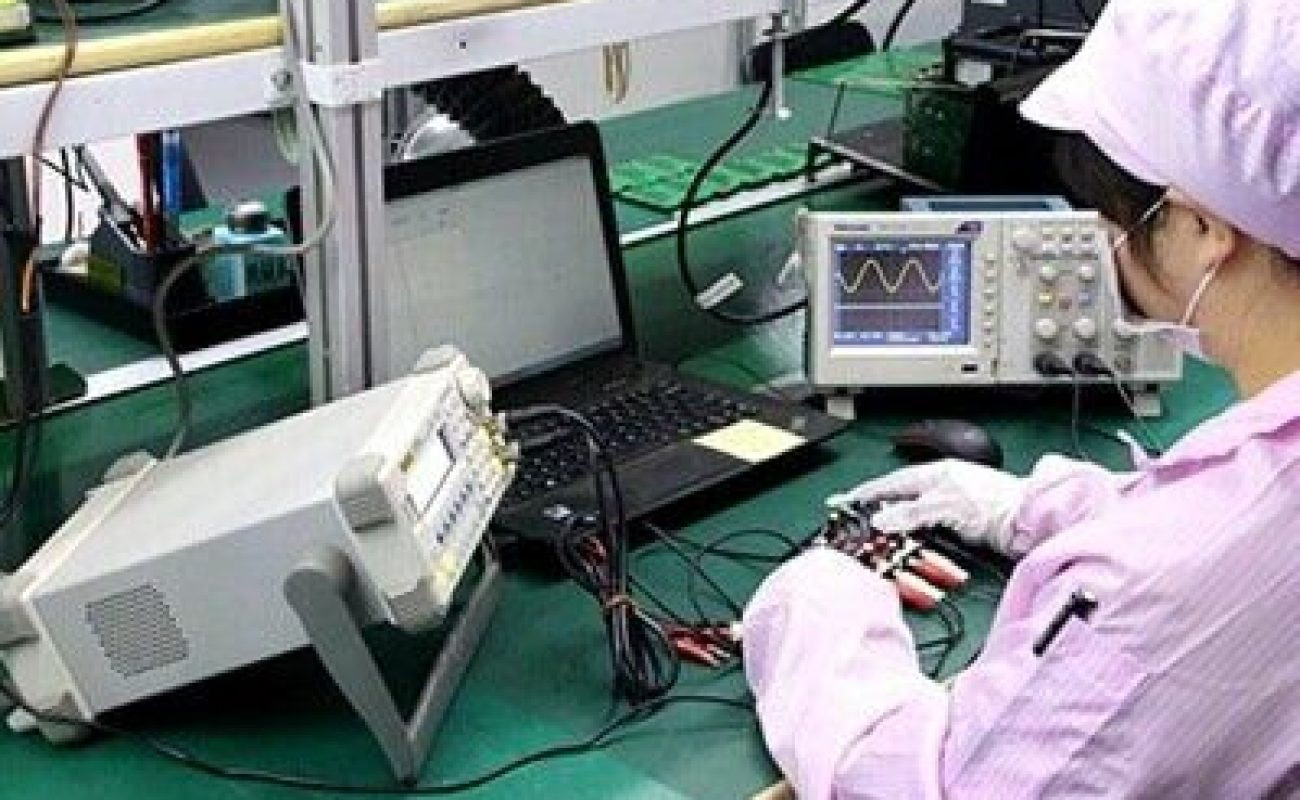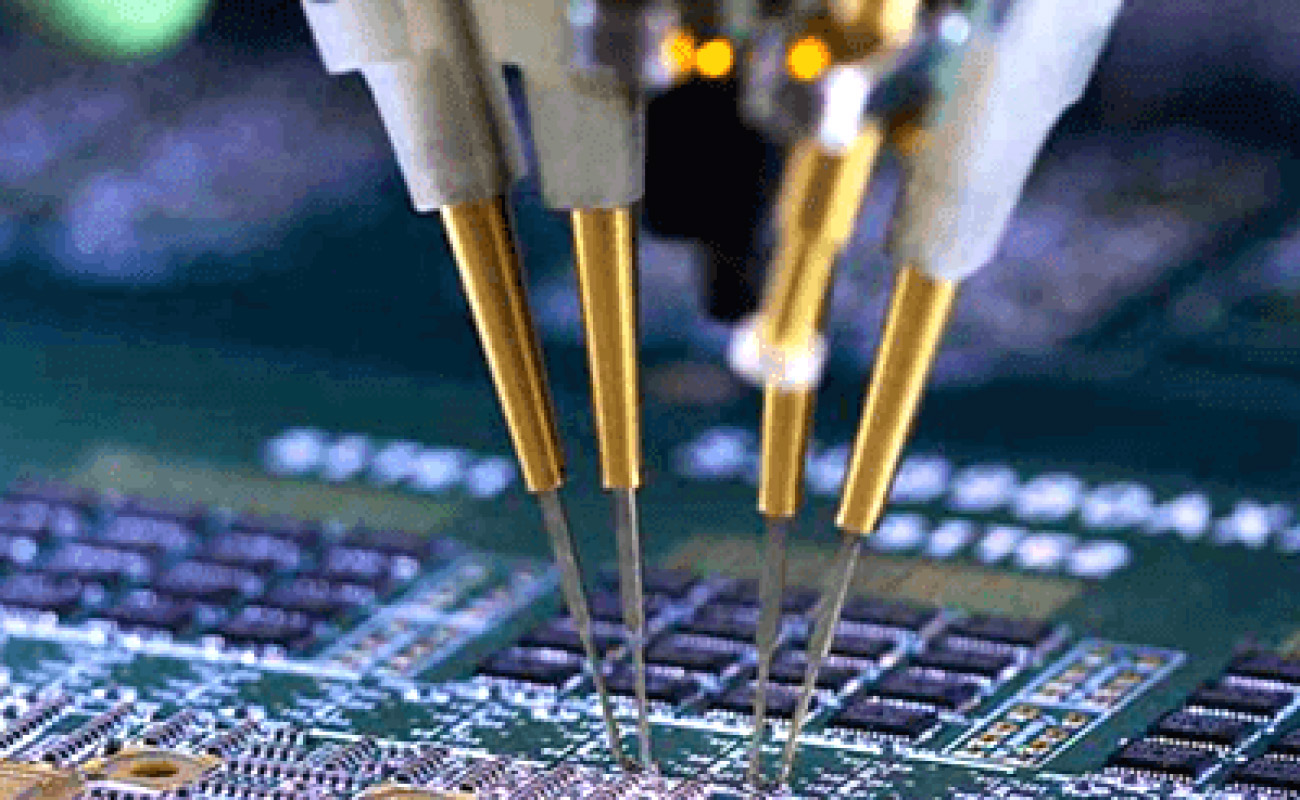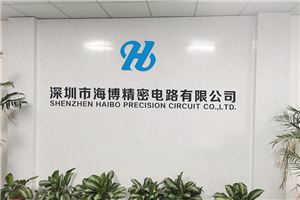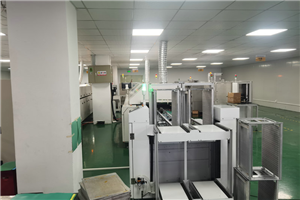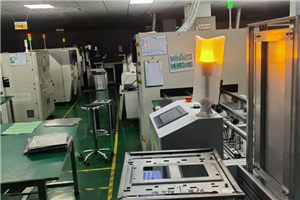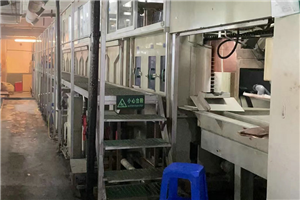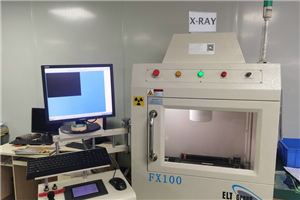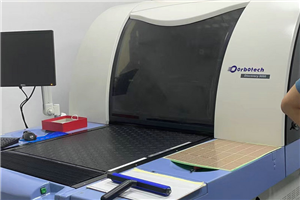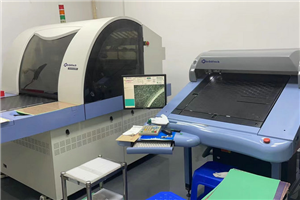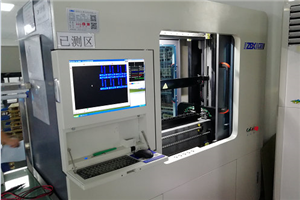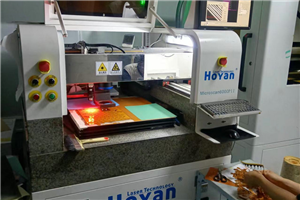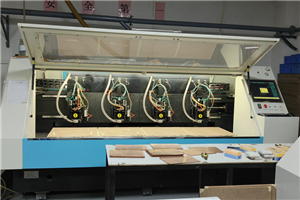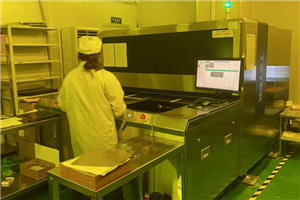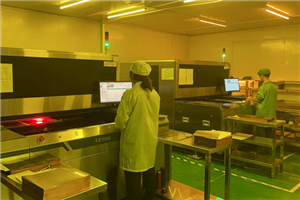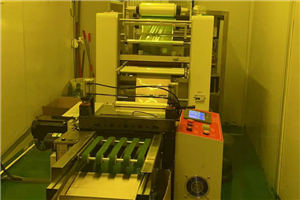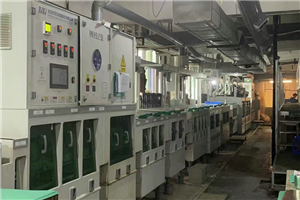PCB soldering test fixture is an important testing instrument in PCBA process factories, usually placed at the end of the assembly process to test whether the product is intact. When making and testing PCB assembly test fixtures, it is necessary to meet the required requirements to improve the accuracy of testing and enhance delivery quality.
Circuit board assembly testing fixture is a specialized fixture used to test and inspect the operation, power, lifespan, performance, etc. of products. Therefore, it is mainly used for testing various indicators of products on PCB assembly lines, and is also known as printed circuit assembly testing fixture.
PCBA Test Fixture Classification
In Circuit Testing (ICT) mainly includes circuit on-off, voltage and current values, fluctuation curves, amplitudes, noise, etc.
2. The purpose of FCT testing is to identify boards with assembly defects. By simulating the full functional testing of boards when assembled into a complete machine, all possible defects that may exist before the circuit board is assembled into the whole machine can be identified, avoiding the waste of time and material loss caused by disassembling and reassembling the entire board after assembly.
3. Fatigue testing is responsible for sampling high-frequency and long-term PCB assembly services to observe whether products have malfunctioned. Undoubtedly, the probability of failure occurring during the experiment can also be well judged. Another point to note is that it can provide good feedback on the operational performance of circuit boards in electronic products. This allows us to make timely adjustments to the problem.
4. Harsh environment testing is specifically conducted on PCBA boards to test for extreme temperatures, humidity, drops, splashes, vibrations, etc., and obtain test results from random samples to infer the reliability of the entire batch of PCBA board products.
5. Aging testing is a specialized method for testing the aging of electronic products. After mass sales, the circuit board assembly board and electronic products are powered on for a long time, kept running, and observed for any faults.
Key points for making PCBA testing fixtures
1. According to the testing requirements and test board, after selecting the control mode, the fixture structure type is determined, and the load board, pressure plate, and instrument module are designed. The fixture load board/pressure plate is inexpensive.
2. The fixture should be positioned correctly, and the instrument binding should be smooth.
3. The layout cost of the fixture box is low, saving wiring and installation in the system area.
4. Fiber optic/MIC/SPK/SIM card analog slots should be reserved and positioned accurately.
5. The reserved interface positions for fixtures should be correct, sufficient, and reasonably arranged.
6. The lock of the lighting fixture box should be in the form of a box buckle or pressure buckle for easy replacement and maintenance.
7. Correct zero point correction. The zero drift of the testing fixture will be corrected with changes in testing conditions or the replacement of different testing fixtures, so zero correction for open circuits and tangents is very necessary. Therefore, the FCT test fixture has circuit and tangent correction settings.
Once the fixture breaks or ages, the needle should be replaced for repair and continued to be used. If the fixture breaks after repair and the customer no longer uses it, it must be remade.
Printed circuit assembly testing fixtures are sometimes customized for selected products, which can effectively improve productivity and transportation quality.
PCBA Test Fixture Manufacturing Method
The production method of PCB batch testing fixtures is as follows:
1. Select the final fixture control method based on the tested product and customer testing requirements, and design the pressure plate, load plate, and conversion module.
2. The position of the clamping plate or load plate inside the specimen should be correct, and the test piece should not be pressed onto the test plate.
3. The positioning of the testing fixture should be correct, and the instrument binding should be smooth.
4. The test fixture can have a precise box style, and the test product should be placed inside the box style. The internal style of the fixture should reserve sufficient area in the box, and the box layout should be cheap.
5. The reserved interface positions for testing fixtures should be correct, sufficient, and reasonably arranged.



